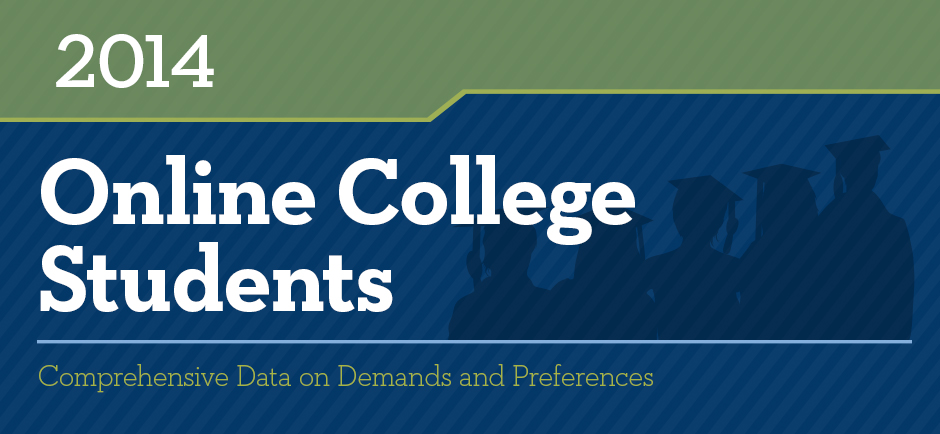As a current member of the advisory council for the UPCEA Center for Online Leadership and Strategy, I’m passing along this special update below from Bob Hansen, UPCEA CEO, releasing the 2014 UPCEA Federal Policy Brief. I highly recommend all those involved in online learning to read the briefing and stay abreast of the federal policy landscape that is influencing higher education and specifically online education today. ~ Jason Rhode @jasonrhode
The UPCEA Center for Online Leadership and Strategy is pleased to announce the 2014 UPCEA Federal Policy Brief. This document is a result of the 2014 UPCEA Online Leadership Roundtable and focuses broadly on online education policy at the federal level. Developed with direct input from membership and the UPCEA Policy Committee, these recommendations provide a framework for the federal government to address the needs of contemporary learners and those who serve them. Topics covered include State Authorization, financial aid, gainful employment, costs of compliance, and the importance of collecting meaningful data that reflect the fundamental demographic shift toward non-traditional-or “contemporary”-students. Click here to view the UPCEA Federal Policy Brief.
We encourage you to read it, and share it with others – including your institution’s internal government affairs staff, and your members of Congress. Our elected representatives must understand the importance of these issues, and the impact that they have on the students we serve. You can find the contact information for your members of Congress here. We encourage you to contact your members and schedule a meeting to discuss these issues if you are in Washington. If you are interested in increased UPCEA advocacy efforts, please fill out this form.
You can learn more about these policy issues during a session at the 2015 Summit for Online Leadership and Strategy, January 20-22, 2015 in San Antonio, Texas. Learn more about the Summit, hosted in partnership with the American Council on Education (ACE), and register here.
Also, remember to take advantage of the services and expertise offered by UPCEA’s Center for Online Leadership and Strategy. We know that balancing all of the facets of a successful online initiative can be challenging, which is why all members have complimentary access to the Center’s Second Opinion service. Second Opinion is an opportunity to ask questions or discuss pressing issues with the Center’s founding director, Ray Schroeder.
To keep abreast of developments related to State Authorization and state licensing issues, UPCEA’s expert partner, Cooley LLP, offers services to help schools navigate an increasingly dynamic environment.
I’d like to give a very special thanks to Chris Murray and Ken Salomon at Thompson Coburn for their expertise in helping develop the UPCEA Federal Policy Brief. To learn more about Thompson Coburn’s services and products, please click here.
I hope you’ll join us in raising awareness of these important issues!
Sincerely,
Bob Hansen
CEO



